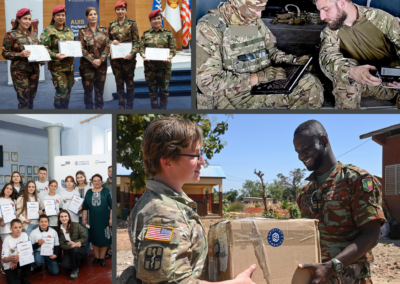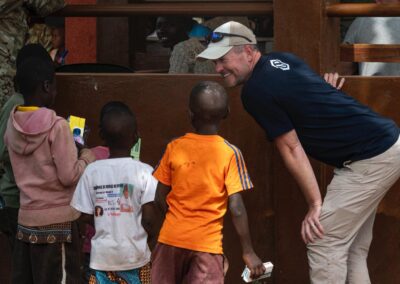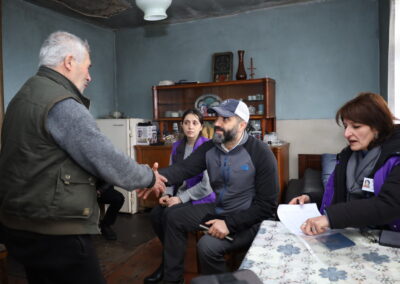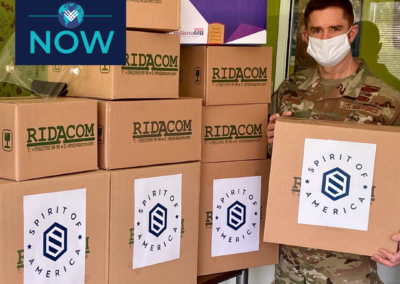Helping US Partners bring Stability through Development in Somalia
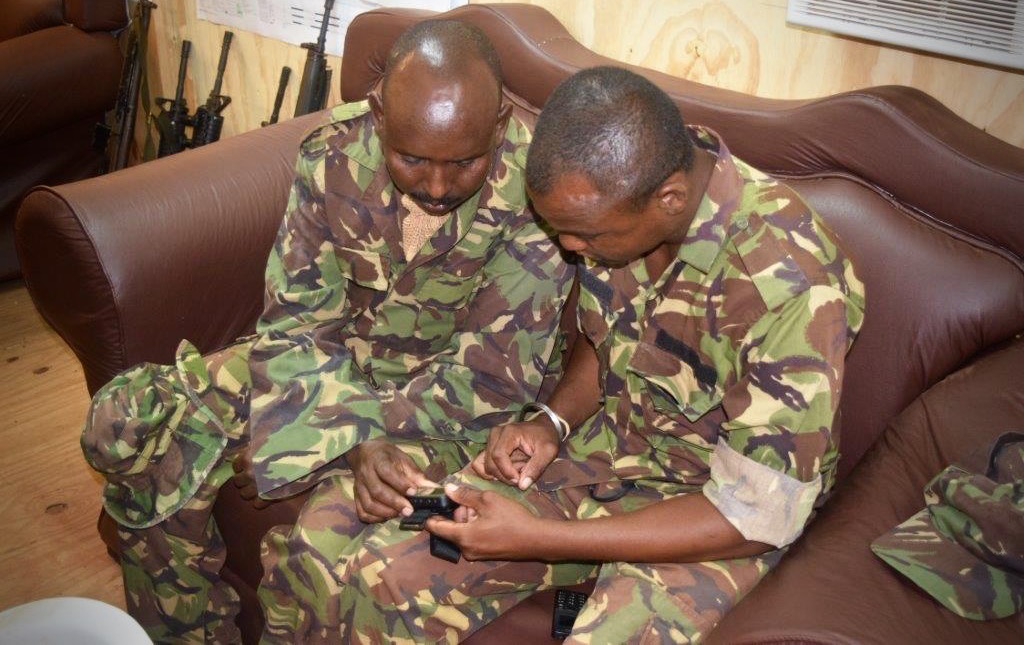
Hello,
I’d like to take a minute to update you on a project we recently conducted in East Africa where we provided GPS devices to the Kenya Defence Forces (KDF). These devices are supporting KDF efforts to assess local needs and share that information with their relief and development partners. We first told you about this project here.
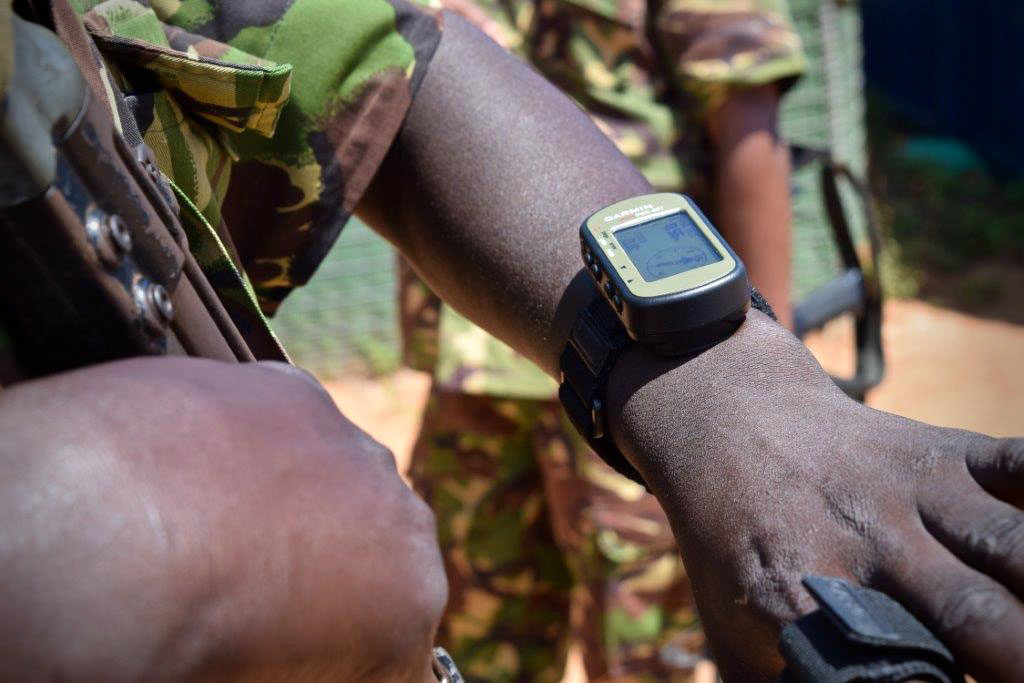 GPS devices will allow our Kenyan partners to gather and share critical information about local aid and development needs in newly reclaimed areas.
GPS devices will allow our Kenyan partners to gather and share critical information about local aid and development needs in newly reclaimed areas.
The al-Qaeda-linked Islamic extremist group al-Shabaab has been terrorizing the population and controlling large portions of Somalia for years in their attempt to establish a fundamentalist Islamic state. They have been linked to religious violence, attacks on Western aid workers, terrorist bombings across the region, piracy in the Gulf of Aden, and even poaching. In 2014, the group numbered around 9,000 fighters with a large support network and held sway over entire cities. At the same time, the region has been gripped by drought since 2011, exacerbating food insecurity, increasing poverty, and threatening widespread famine.
Over the past year, African Union Mission in Somalia (AMISOM) forces have pushed al-Shabaab out of many of their strongholds and areas of influence, including the important city of Barawe on the Somali coast and much of the Boni forest that straddles the Somali-Kenyan border. As areas are reclaimed from the terrorists, there are tremendous local needs to address after years of harsh rule, neglect, and a lack of effective governance.
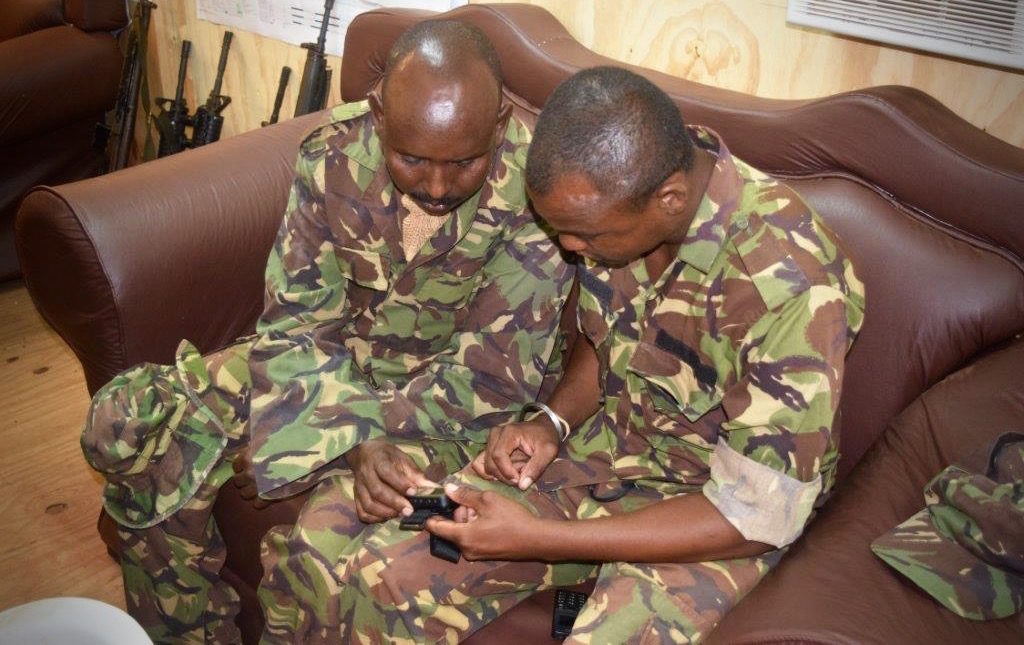
KDF soldiers (pictured here) participate in training on GPS and civil-military operations provided by a US Civil Affairs Team
One US civil affairs team is working to increase the capacity of the Kenya Defence Forces to identify and assess the needs of local communities and share that information with international development partners. To bolster this effort and fill a critical gap in Kenyan equipment, Spirit of America provided handheld GPS devices to the KDF. Now, teams of KDF soldiers conducting civil-military operations across the border in reclaimed areas of Somalia can accurately document what they are seeing and more effectively share this information with key international partners. This in turn will lead to more effective aid and development initiatives as well as increased stability in these victimized and vulnerable communities; for example, matching agricultural resources with farming communities where equipment has been destroyed and fields turned fallow, or accurately mapping famine-stricken communities so that they can be prioritized for food aid and relief.
Along with the devices, the US team provided a two-day training session on how to use the new equipment, assess local needs, and interact with communities in a positive and productive way. This training opportunity not only built the capacity and skills of the KDF but also strengthened relationships between the US military team and their Kenyan counterparts, a key ally in the region.
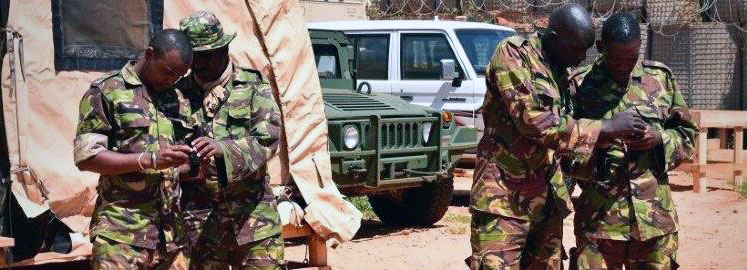
KDF teams familiarized themselves with GPS at their base prior to taking their new skills to the field
In newly reclaimed villages, still vulnerable and insecure, small inputs of resources, aid, and development can make a big difference. However, it is critical to apply these resources properly where they are most needed. To do this, accurate assessments and information are critical. Now, the KDF are uniquely positioned to conduct civil-military operation for these purposes and can assist in the effort to solidify recent AMISOM gains. Your ongoing support allows us to continue enabling these partners as they work to defeat al-Shabaab and return peace and stability to the region.
Thanks,
Chris VanJohnson
Project Manager, Africa

